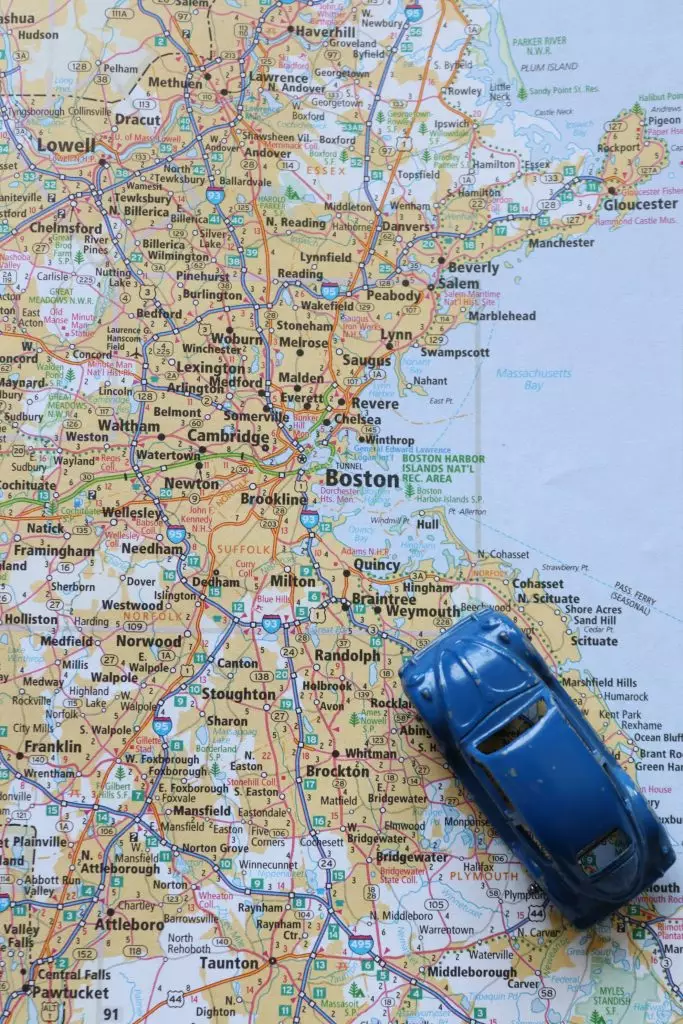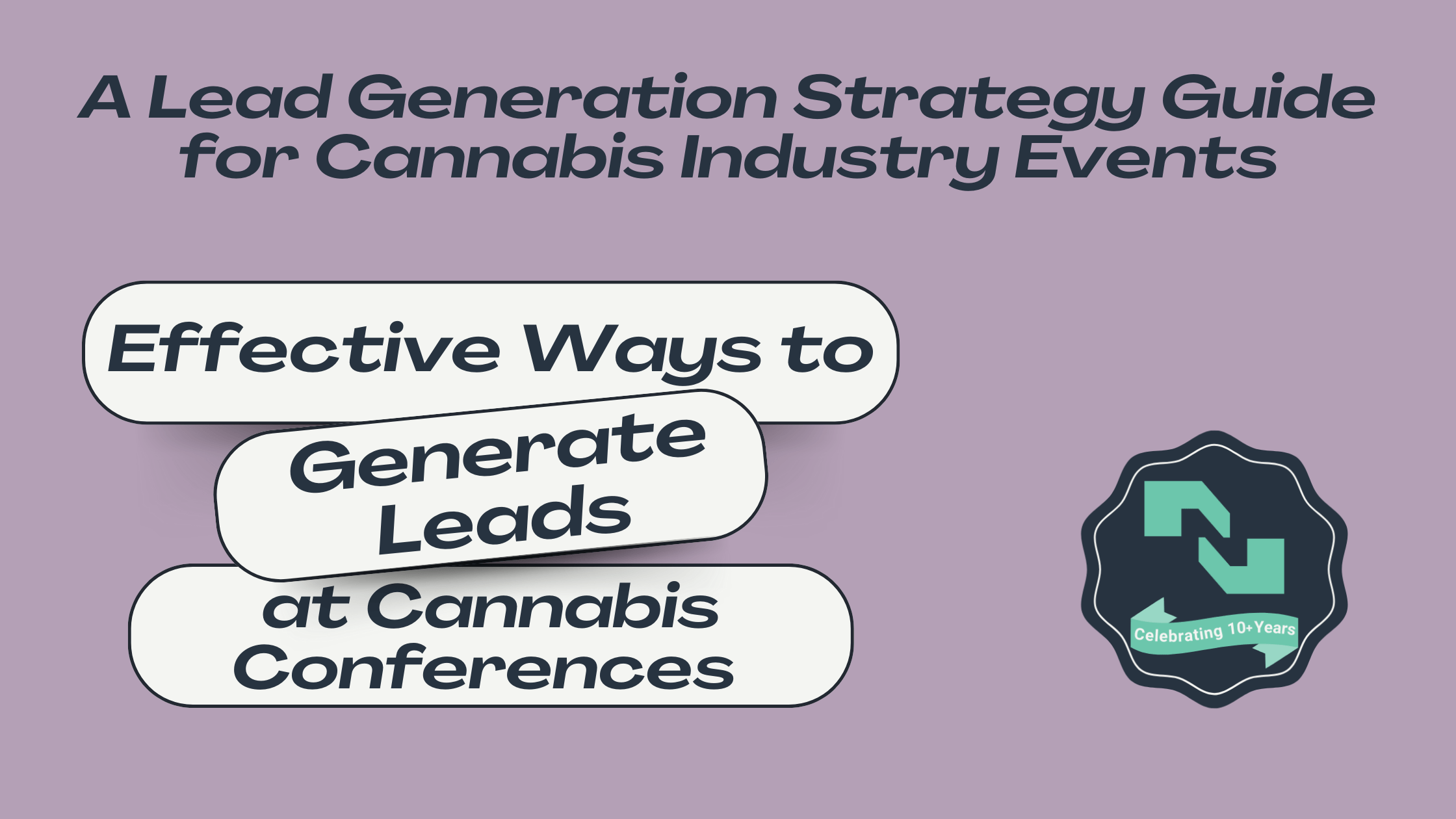What is Google Map Pack?
For local search engine optimization (SEO), building authority in the Google Map Pack is essential. A highly sought out feature, the Map Pack features the location-based results that appear on the first search engine results page (SERP) alongside other high-ranking links. By using Google Map Pack, brands can easily boost their local SEO authority to capture new customers in their given area and establish higher-level trust. Here’s what you need to know to start ranking for Google Map Pack. New to local SEO as a concept? Check out this blog first.
1. Conduct Competitor Research
Brands are going to tremendous lengths to rank for the top spot on the Google Map Pack and beat out the competition. The competition is so stiff that recently, an El Paso-based dental office took SEO strategies in a bold direction, establishing itself as “Dentist Near Me”. Such a tactic could backfire as an SEO strategy by taking the game too literally but signifies the gloves have come off and businesses are ready to take on their competitors head-on.
To make an impact, conduct high-quality competitor research. Researching tactics your competitors use, including keyword research to find geo-targeted keywords specific to local service offerings, provides a good glimpse into how customers can find your brand and allows you to correct your strategic course. It also allows you to see what you’re up against and where you’re ranking to give you an idea of how to shape your next strategy.
2. Create a Google My Business
After conducting impactful competitor research, put your business on the map by setting up a Google My Business (GMB) profile. Fill out the proper information to ensure your business is qualified and represented. Then, drop a pin to locate your business for your customers. Accurately pinning your business is a big deal because it legitimizes your business’ location, making it easier for your customers to find you and share your information with others.

Photo by NisonCo PR and SEO on Unsplash
3. Generate GMB-Friendly Content
Once your GMB is set up, it’s time to create GMB-friendly content to boost your brand’s local SEO to rank for Google Map Pack. Curating Google My Business (GMB)-friendly content can go far in helping you rank on your website through SERPs. Create content that addresses what your services can do as well as best practices. For example, if you’re a local vegan restaurant, you could create a blog that directs vegans to food options near them. Then, connect your GMB products and services directly to your website to give extra signals.
Another content creation method is to create driving directions from your target area to your business location. This reveals to customers in a given area easy instructions to guide them to your business, acting as clear real-world signals.
4. Focus on EAT Signals
In the realm of SEO, EAT stands for expertise, authoritativeness and trustworthiness. To enhance your local SEO, you want to come across as an authority. By employing EAT signals, you’re ready to build on what gets your brand visibility. This relies on off-site SEO tactics such as building citations, increasing mentions in business listings, positive reviews about your service, increased activity on social media and boosting high-quality backlinks. This local SEO strategy can be best-employed long-term by fostering connections within your community.
5. Listen to Google’s Recommendations
When building authority per Google Map Pack, it’s quite beneficial to follow Google’s own guidelines. According to Google, some of the most important components include entering crucial details like your business name, address and phone number (NAP) data. It can also be helpful to input categories and attributes (AKA links), maintain updated store hours and respond to reviews as they pop up. Google also recommends businesses share photos of the business, products and service offerings to give customers a peek into what they provide.
6. Employ the Right Local SEO Tools
For Google Map Pack, proximity is critical for location-based search results. Even the slightest variation in location can make a big difference to where customers will be recommended. When you’re hammering down your SEO budget, opt for the right SEO tools to boost your local SEO. For example, Bright Local has features such as its Geo Search Rank Tracking Tool, a search grid that can help users understand their likelihood of appearing on local search results. While you’re at it, add your business to more directories and employ search tactics such as schema markup to help your site pop up. These methods can enhance your business’s local SEO authority and increase the odds of it appearing on the Map Pack.
Conclusion
We hope we could answer some of your questions about how to build local SEO authority for Google Map Pack. Tactics like these can form the backbone of a strong local SEO strategy and can help you develop a community around your brand. If you have any questions about how to continue building out SEO strategy or would like a free SEO audit, contact us at NisonCo for help.
If you’re looking for professional advice on your local SEO strategy, our team of tailored SEO experts can help you reach your SEO strategy goals and so much more! Contact us today for a free SEO audit.



